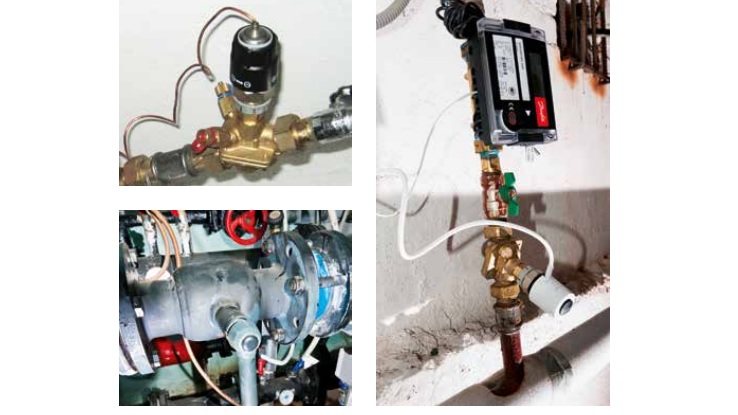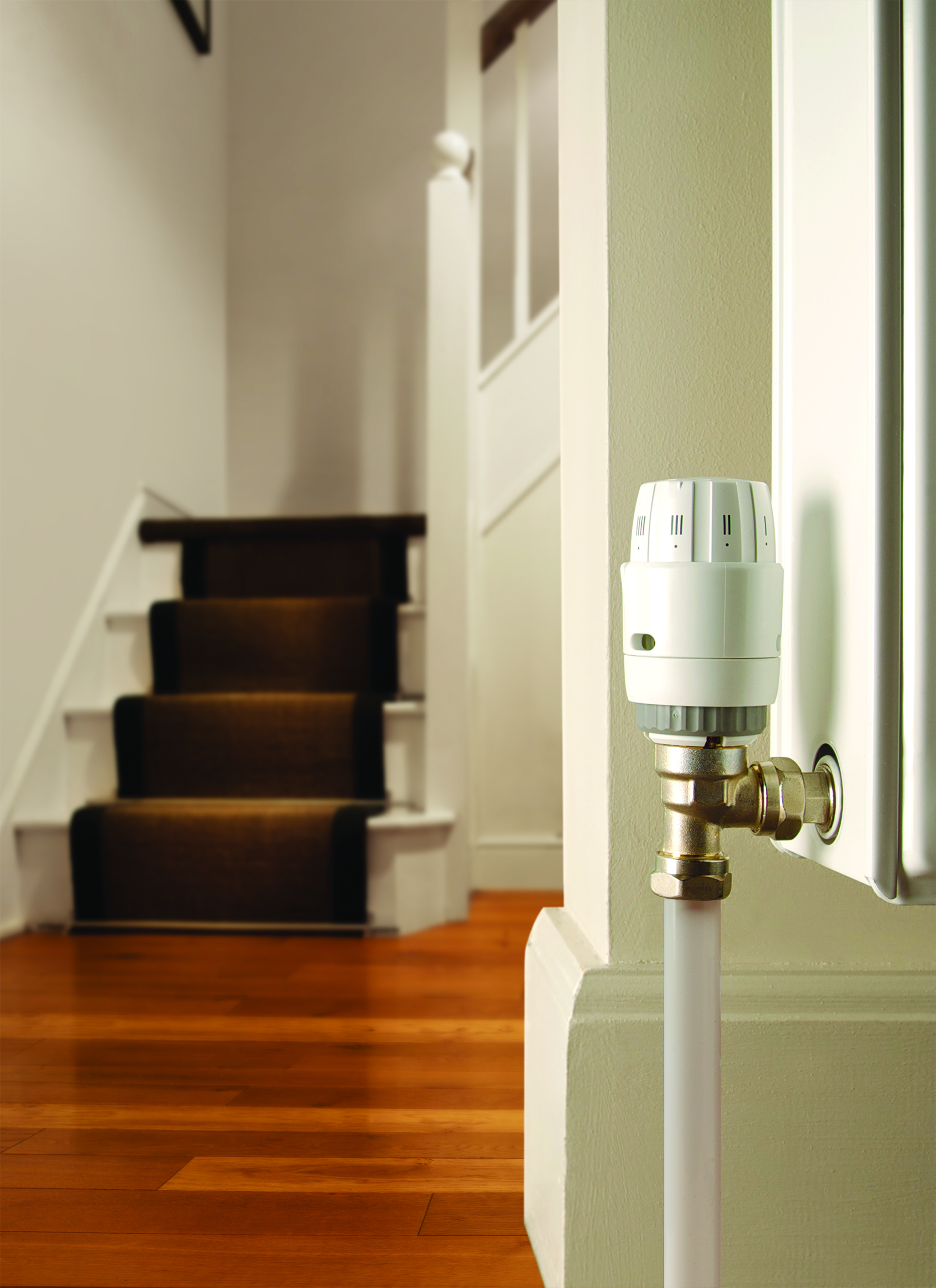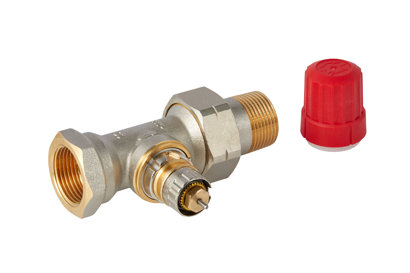“With the project we achieved several important results. First of all the heat consumption was reduced and the number of complaints from tenants decreased significantly. Secondly, we now have a very reliable system with a high quality of service management."
Sergey Dzyuba, deputy chief engineer at Rep-15 LLC, the local company in charge of service and administration of the buildings.
Modernization of one-pipe heating systems easy, efficient, reliable and proven
A pilot test performed at three buildings in Moscow shows that one-pipe heating systems can be modernized to reach the same high energy efficiency as two-pipe, variable flow systems. 45 per cent energy savings, high reliability and improved comfort for residents were the results from the experiments carried out in Moscow during the heating season of 2010-11.
“With the project we achieved several important results. First of all the heat consumption was reduced and the number of complaints from tenants decreased significantly. Secondly, we now have a very reliable system with a high quality of service management.''- Sergey Dzyuba, deputy chief engineer at Rep-15 LLC, the local company in charge of service and administration of the buildings.
Increased insulation and new windows are not enough to realize the full potential of energy efficiency in buildings with one-pipe heating systems. To get the full benefit from the investment, it is necessary to modernize the one-pipe heating system. Previously, it was generally believed that you had to perform a full-scale conversion to a two-pipe solution. However, Danfoss decided to prove that it is relatively easy to transform one-pipe systems into very energy efficient systems, fully matching two-pipe, variable flow systems.
Three buildings in Moscow prove the case
Three identical residential buildings in Moscow from 1968, each with 84 apartments, were chosen for the field test. Prior to the test, the outer walls of all three buildings had been insulated and the old windows replaced by new plastic window frames as part of the comprehensive Moscow renovation program. To be able to monitor the impact and efficiency of different systems, the three buildings were fitted with different heating installations.
How to achieve maximum impact
The field tests clearly show that one-pipe heating systems can achieve high performance when mounted with automatic balancing valves with thermostatic sensors, thermostatic radiator valves and a substation with weather compensation.
Furthermore it becomes evident that insulation of walls and replacement of windows is insufficient for achieving the desired energy savings. Without control devices and metering, there might even be an increase in energy consumption when overheating occurs and residents open their windows for ventilation.
The Moscow project also proves that automatic balancing valves can enhance energy efficiency even further than district heating substations and radiator thermostats by themselves. Adding automatic balancing valves with thermostatic sensors to the risers, even in relatively small systems with only 25 risers, greatly enhances savings and even reduces pay-back time from 4 years to 3.6 years.
The conclusion is clear and the behavior of the residents speaks for itself. Thermostatic radiator valves without pre-setting combined with automatic balancing of return temperature ensure a pleasant indoor climate, resulting in fewer complaints and increased well-being among the residents.
Robust installation requiring minimum maintenance
The end result is not only a cost-efficient heating solution yielding significant savings. According to Sergey Dzyuba, there are additional benefits as regards reliable operation and smooth maintenance:
“We are very pleased with the operation and maintenance. We have 24-hour service support from Danfoss, and their specialists are always ready to give advice on any question related to the system.”
Zinaida Dosaeva who is director of administration of integrated customer services at the Cheremushki district is impressed by the results achieved by the individual regulation of the thermostats:
“The use of the heat cost allocation system with individual regulation on every radiator yields an additional saving of 10 per cent. Until now the billing has been collective for all apartments. The next step is to make the billing individual so that the savings benefit the individual tenants. We expect this to increase savings further.”
Automatic balancing in one-pipe heating systems is required to obtain maximum savings
One of the very important goals of the experiments was to find out whether automatic balancing is necessary for one-pipe systems to yield maximum savings. The conclusion is clear:
Installation of automatic balancing valves AB-QM:
• Ensures stability in the system with all risers well-balanced
• Guarantees that the energy consumption is evenly distributed across the system
• Improves the energy efficiency of the system up to 11%
Related products
-
if (isSmallPicture) {


 Electronic radiator thermostats
Electronic radiator thermostatsElectronic radiator thermostat Danfoss Eco™ is the stand-alone smart radiator thermostat that gives you in-home control of your radiator heating.
-
if (isSmallPicture) {


 Radiator thermostats
Radiator thermostatsDanfoss radiator thermostats maintain constant desired room temperatures, individually room by room and help to reduce energy consumption.
-
if (isSmallPicture) {


 Radiator valves and thermostatic radiator valves
Radiator valves and thermostatic radiator valvesRobustly built and designed to meet the rigors of the commercial and industrial sectors, a comprehensive range of Danfoss radiator valves is available for practically all systems and installation conditions.










